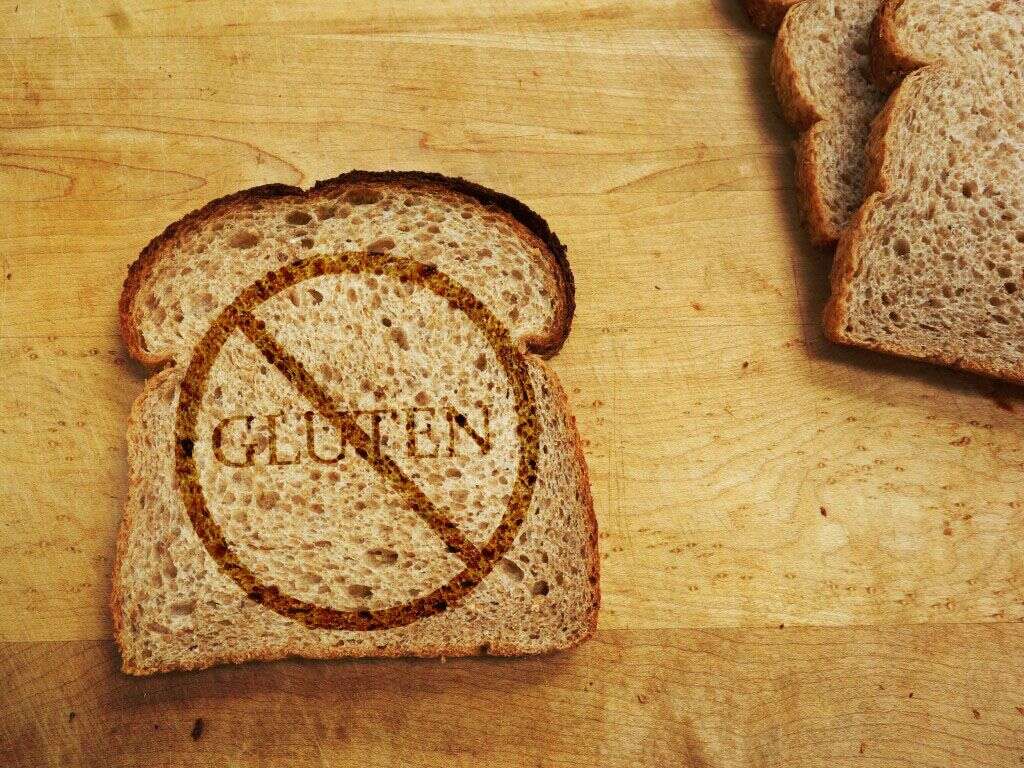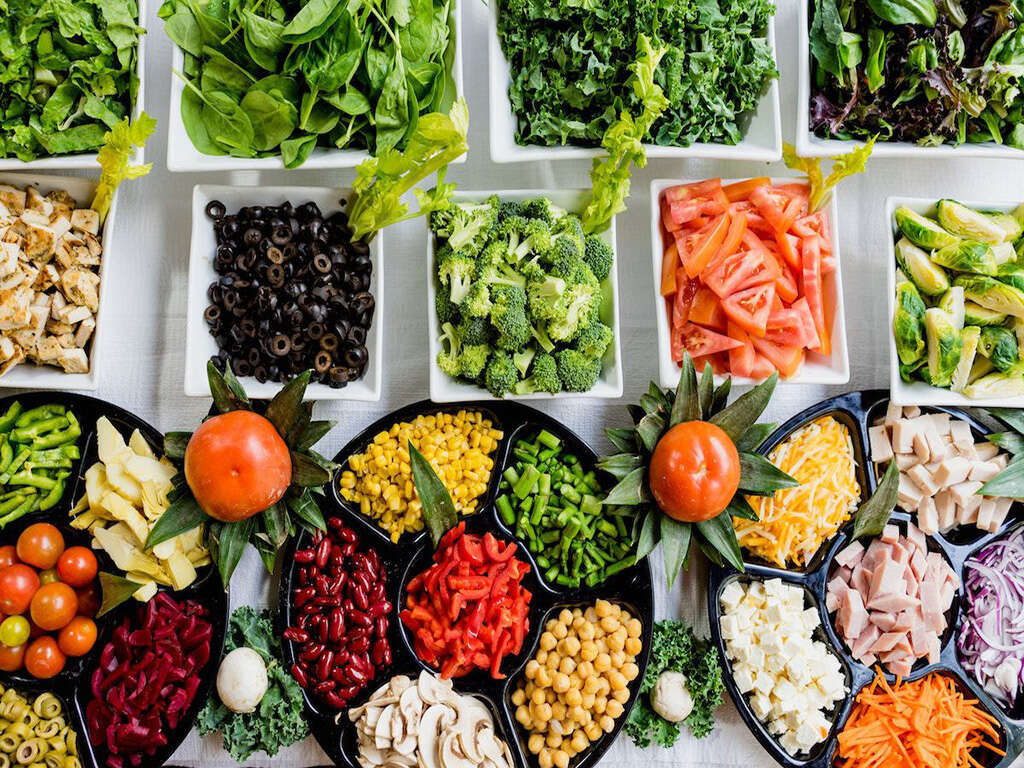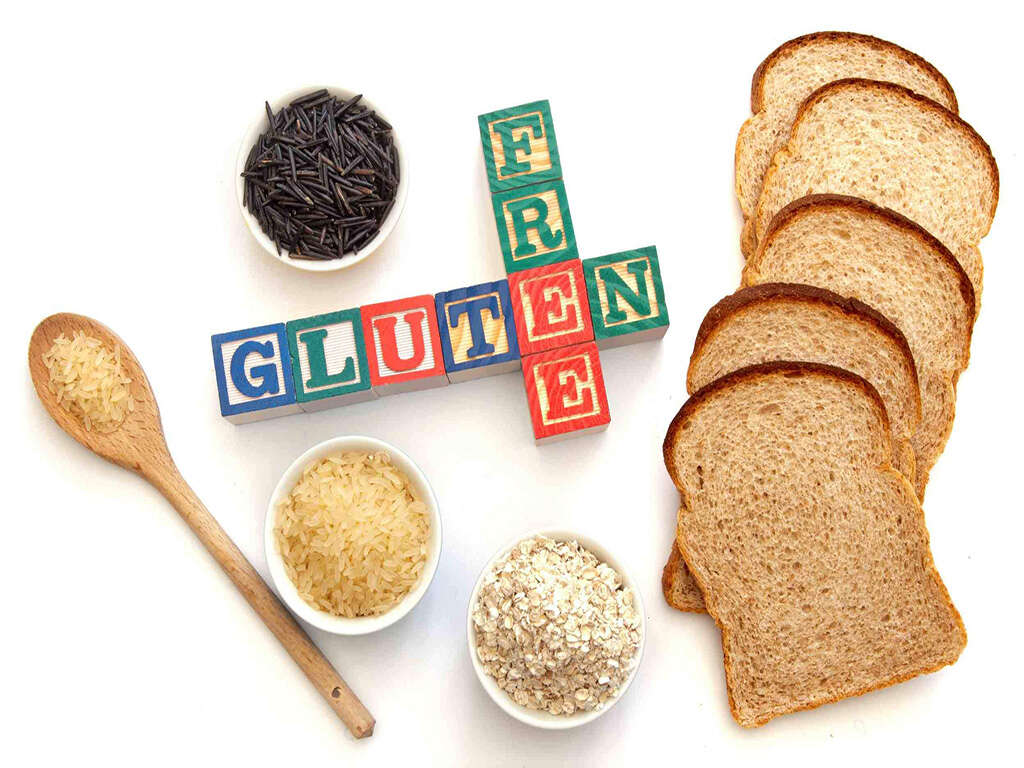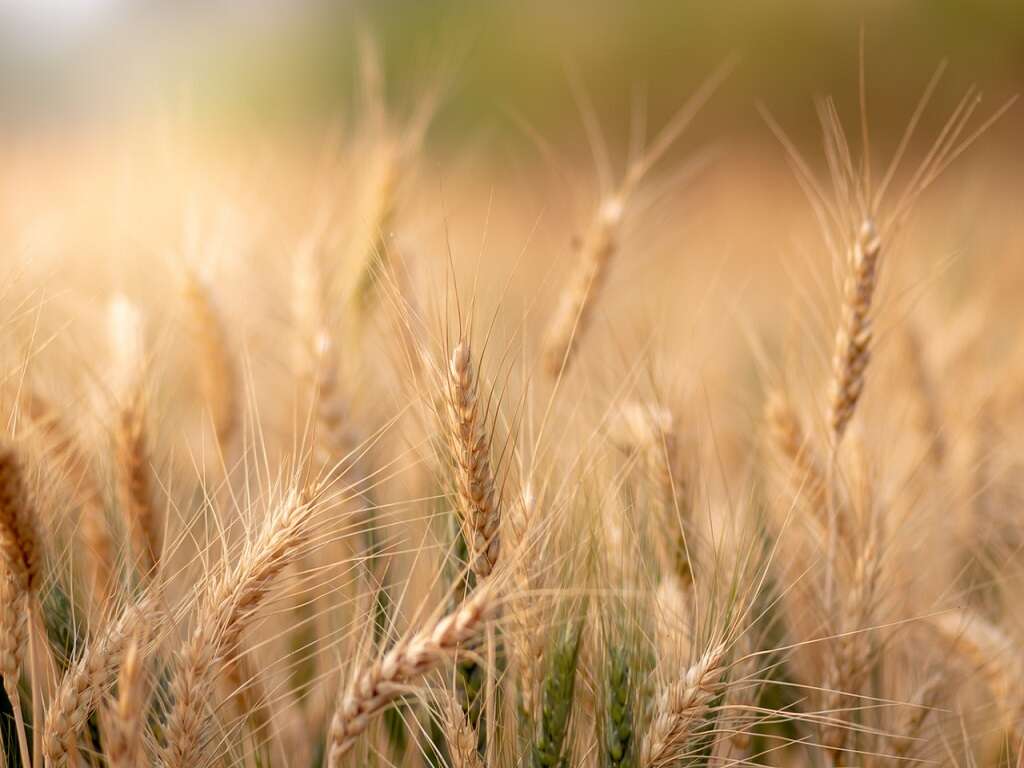What Is a Celiac?
Celiac disease is an autoimmune deficiency that results in severe gluten intolerance. Gluten is a common protein found in a number of food items people eat. Wheat, barley and rye all contain gluten, but the substance is present in a number of processed and unprocessed foods that many may not suspect. It may even be found in some cosmetics.
When a person has celiac disease, eating gluten damages the villi — tiny, finger-like protrusions — within the small intestines. Over a period of time, this damage leads to malnutrition due to the body’s inability to absorb nutrients. Serious health complications can result.

1. Causes
While the exact cause is unknown, there is a genetic link associated with the disease. A person’s DNA combined with gluten consumption and other factors leads to intestinal damage and severe physical reactions. There is a potential connection between celiac, gut bacteria balance and gastrointestinal infections.
There is a link between infant feeding practices and the development of the disease. Furthermore, particular events or procedures seem to activate celiac. Severe emotional stress, childbirth, pregnancy, surgery and viral infections are all potential precursors.

2. Risk Factors
People who have family members with gluten intolerance or celiac disease are more likely to develop the condition themselves. Dermatitis herpetiformis is a disease that is linked to celiac; thus, those who have close relatives with this condition are also more at risk for developing celiac disease.
Individuals with Type 1 diabetes are more likely to have or develop celiac, as are those who have autoimmune thyroid disease or Addison’s diseases. People with Down’s syndrome and Turner syndrome are at an increased risk. Those who have microscopic colitis are vulnerable to celiac as well.

3. Symptoms in Adults
A wide range of symptoms exist, but there are variations between those experienced by adults and children. Adults exhibit digestive tract symptoms such as bloating, gas and abdominal pain as well as nausea, vomiting, diarrhea and constipation. They are often fatigued and experience unintended weight loss.
Symptoms not related to digestive issues are also common. Iron deficiency resulting in anemia is not unusual. Nervous system injury can also be an issue. Some people develop osteoporosis or osteomalacia. Skin problems, such as dermatitis herpetiformis, are possible, as are mouth ulcers.
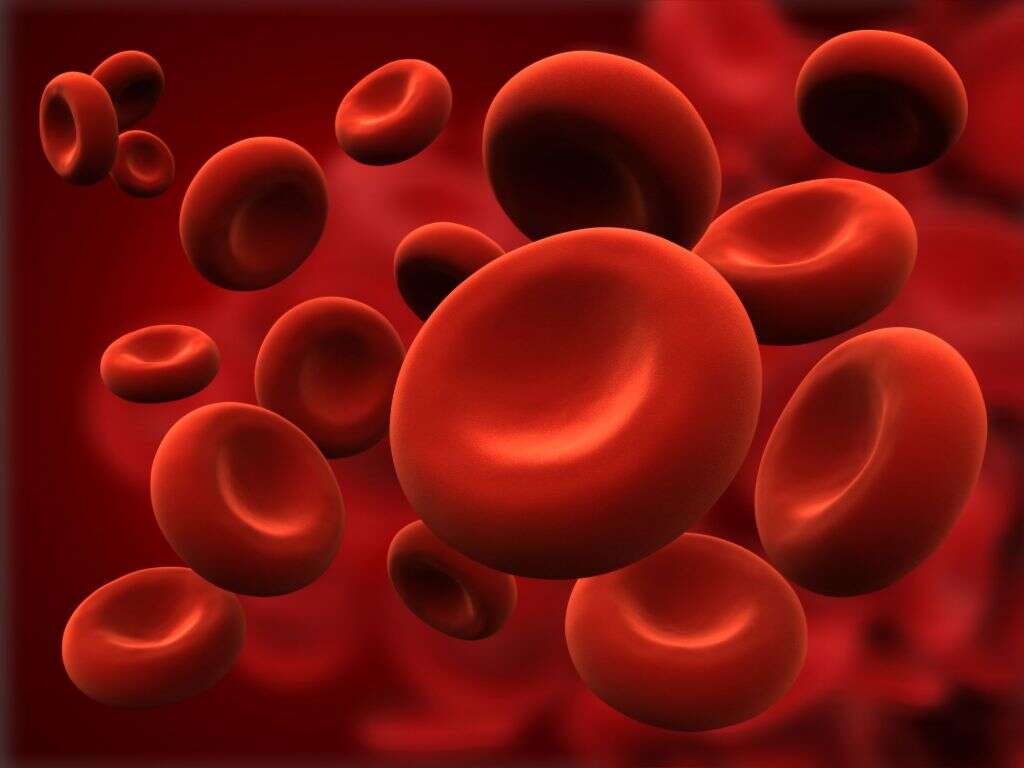
4. Symptoms in Children
Children develop a slightly different set of symptoms. Chronic diarrhea is common, along with nausea and vomiting. Children’s stools are often pale in color and have a distinct foul odor. They can also be constipated. Often they exhibit a distended belly and have excess gas.
When a child has celiac disease, nutritional deficiencies create serious issues. Lack of absorption potentially leads to a failure to thrive in infants and anemia. Children may experience stunted growth and delayed puberty. Neurological disorders are possible — for example, attention-deficit/hyperactivity disorder, learning disabilities and seizures.

5. Complications
It is important to begin treating celiac as soon as possible. Otherwise, serious complications can result. Malnutrition is of great concern. The inability to absorb nutrients creates deficits in the body that can cause anemia and bone weakening. Fertility issues may arise from a lack of vitamin D and calcium, leading to miscarriages or infertility.
Left untreated, celiac may lead to problems in the nervous system, resulting in seizures or peripheral neuropathy. The continued consumption of gluten leaves an individual at risk for developing certain types of cancer, including small bowel cancer and intestinal lymphoma.

6. Doctor Visit Recommended
It is important to take symptoms of celiac seriously. If you experience any of the above symptoms for more than two weeks, consult your doctor. Should you have a child who is irritable, pale and not growing, or who has a distended belly and bulky stools that smell foul, make an appointment with the pediatrician as soon as possible.
Maintain your current diet until you are seen by a physician. Changing your diet, especially removing or reducing gluten, can alter the results of testing and lead to a misdiagnosis. If you have a family member with celiac, you may want to consult your physician about testing you for the disease.

7. Diagnosis
People in the early stages of celiac often do not know they have the disease. There are two types of tests used to determine whether a person has celiac. A genetic test that looks for the presence of human leukocyte antigens can rule out celiac. A serology test is used to look for the presence of certain antibodies that are indicative of an immune reaction to gluten.
If either of the tests indicate the possibility that a person has gluten, one of two additional tests is ordered. A manual endoscopy is performed to examine the condition of the intestines and take a sample for analysis of damage to the villi. A capsule endoscopy is used to take photos of the intestines as the capsule moves through the digestive tract.
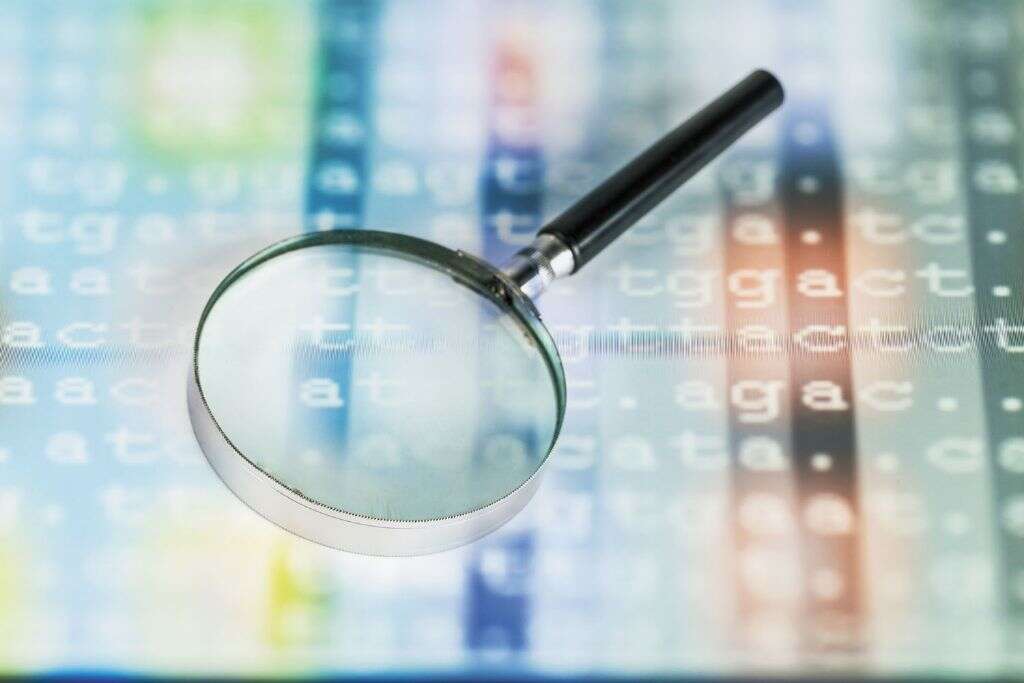
8. Treatment
Strict adherence to a gluten-free diet is the only course of treatment for celiac disease. Certain grains are a significant source of the protein and need to be eliminated. This includes wheat, barley, rye, bulgur, durum, farina and malt. In addition, gluten can be hidden in numerous other foods. A dietician’s assistance is frequently necessary to help identify these foods.
For those with severe nutrient deficits and anemia, the doctor will likely recommend supplements. Common supplements include iron; copper; folate; zinc; and vitamins B-12, D and K. Anti-inflammatory drugs may be prescribed for people with severe damage or inflammation in the digestive tract.
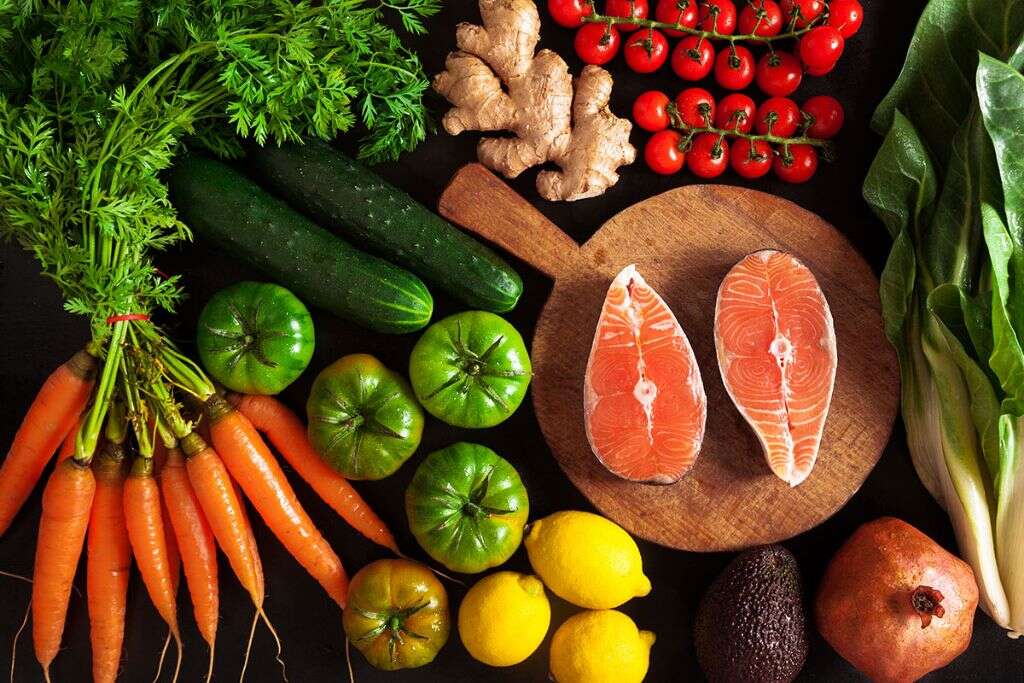
9. Beneficial Foods
There are a number of healthy foods that do not contain gluten, including some grains. Buckwheat, quinoa, rice, amaranth, arrowroot and corn are all safe to eat, as are flours made from rice, beans, corn, soy and potatoes. Eating a diet containing substantial quantities of nutrient-dense vegetables is beneficial in alleviating symptoms and healing the gut.
If you have celiac, you can consume meat, fish and poultry that are not processed, marinated or breaded. Beans and lentils are safe to eat, as are fruits and starchy vegetables. Wine and cider are allowed, but beer can only be consumed if it is gluten-free.

10. Non-Responsive Celiac
Some people believe they are consuming a gluten-free diet, but they continue to experience the symptoms of celiac. Dietary changes are challenging, especially because there are numerous foods that may be contaminated with gluten, even when the food itself is not a source of the protein.
For those who have non-responsive celiac, bacterial overgrowth in the intestines can occur. It is possible that they may develop microscopic colitis or irritable bowel syndrome. The pancreas may not function as well as it should, and dairy products and sugars can become difficult to digest.




